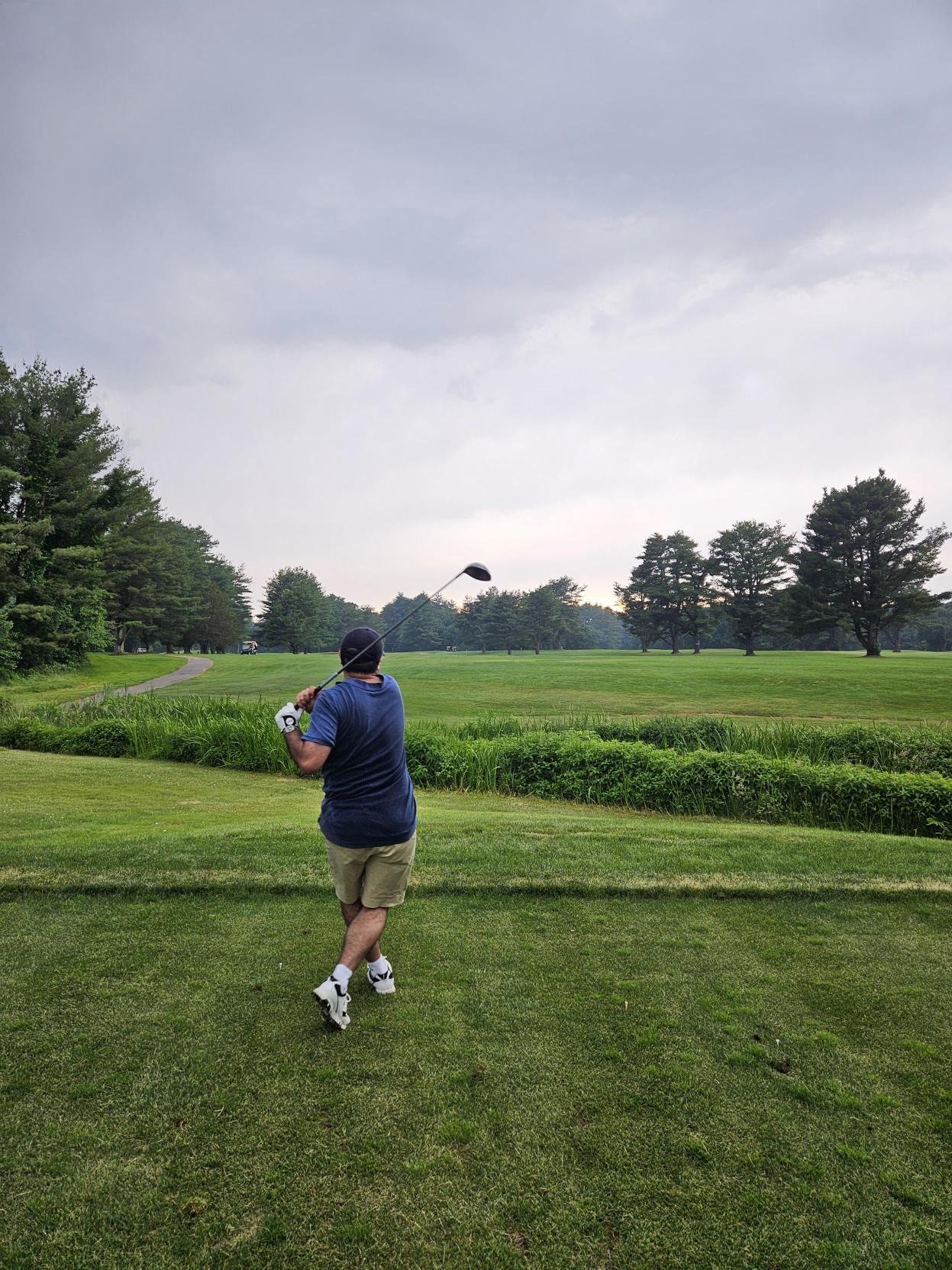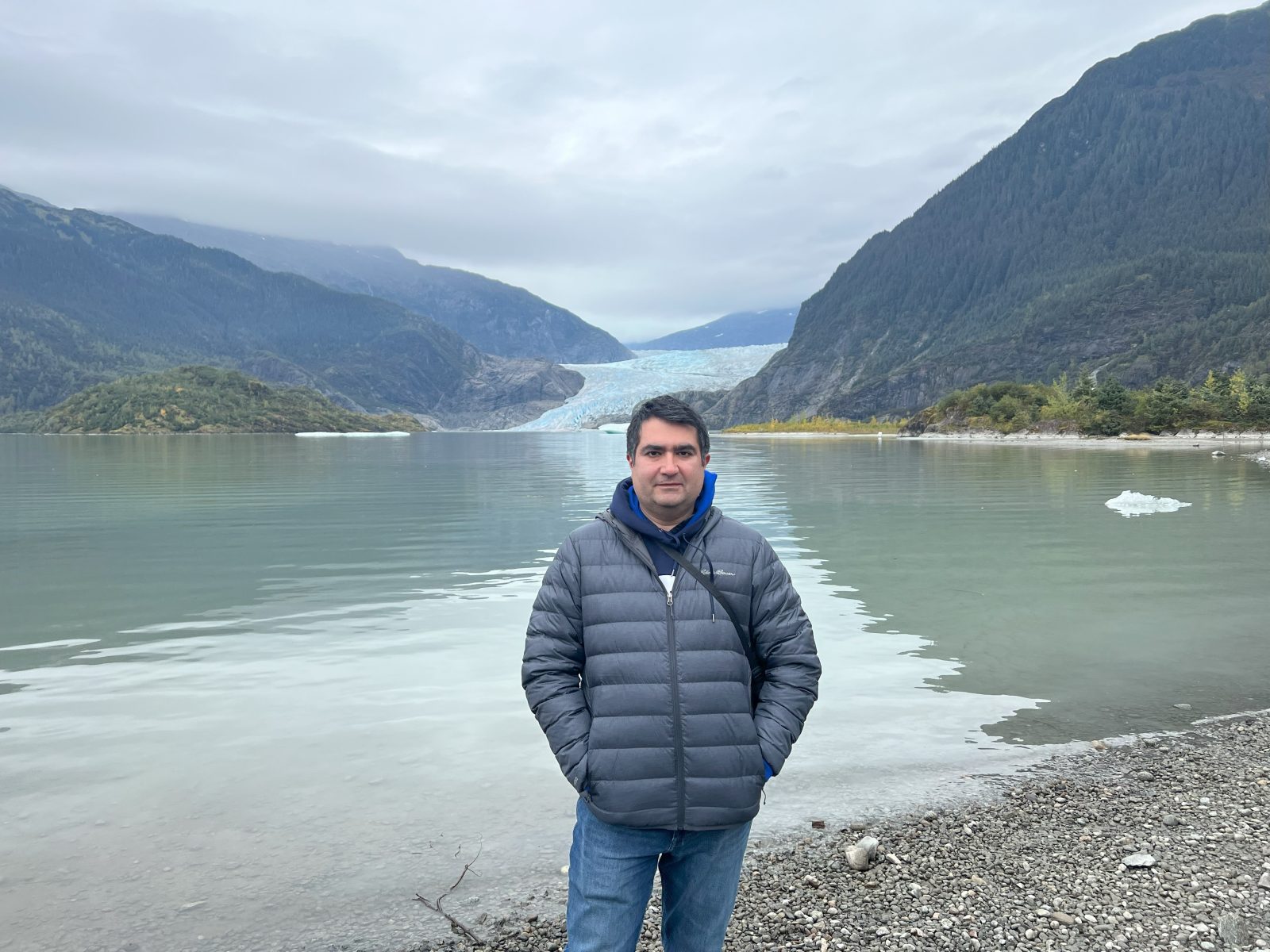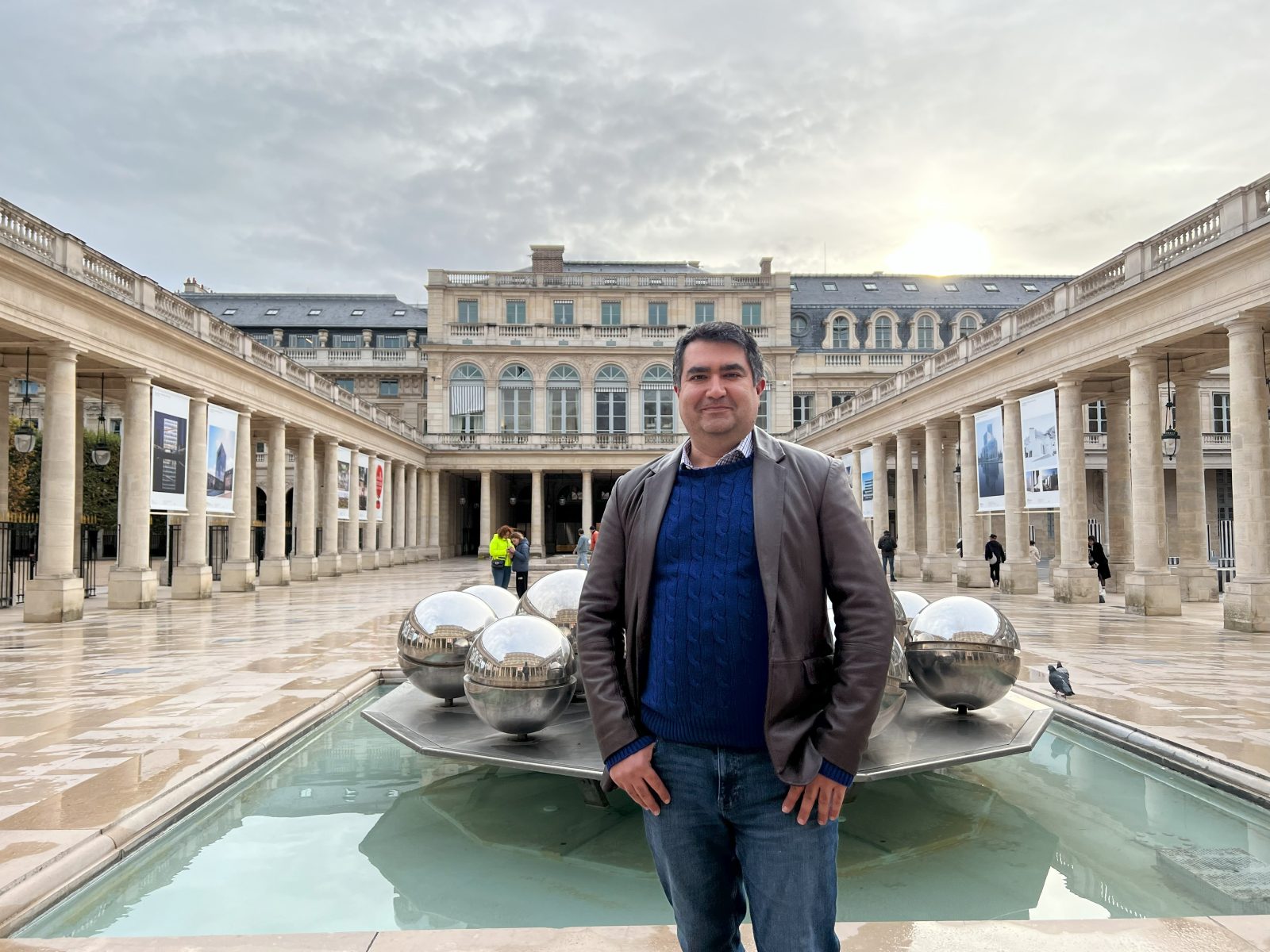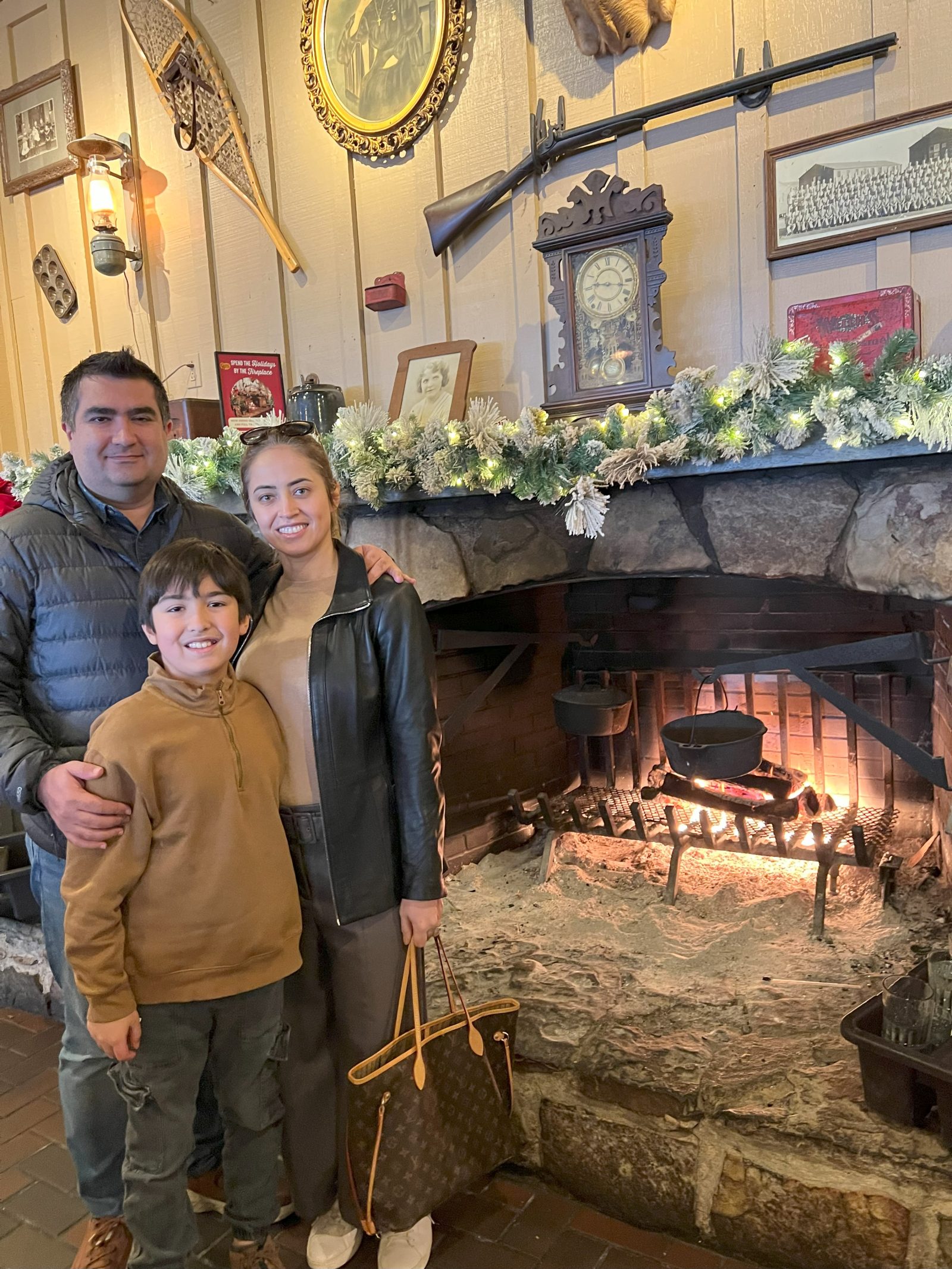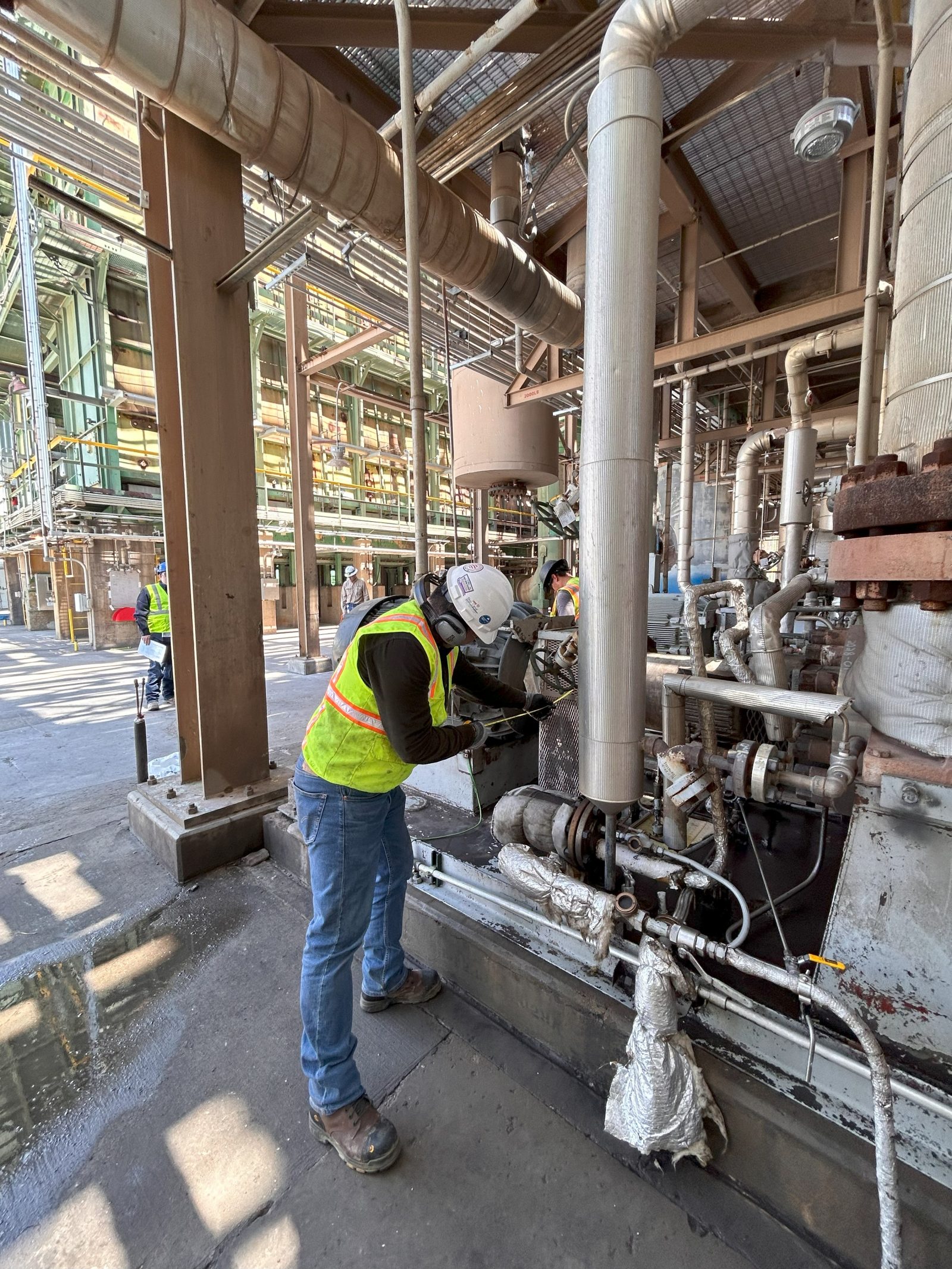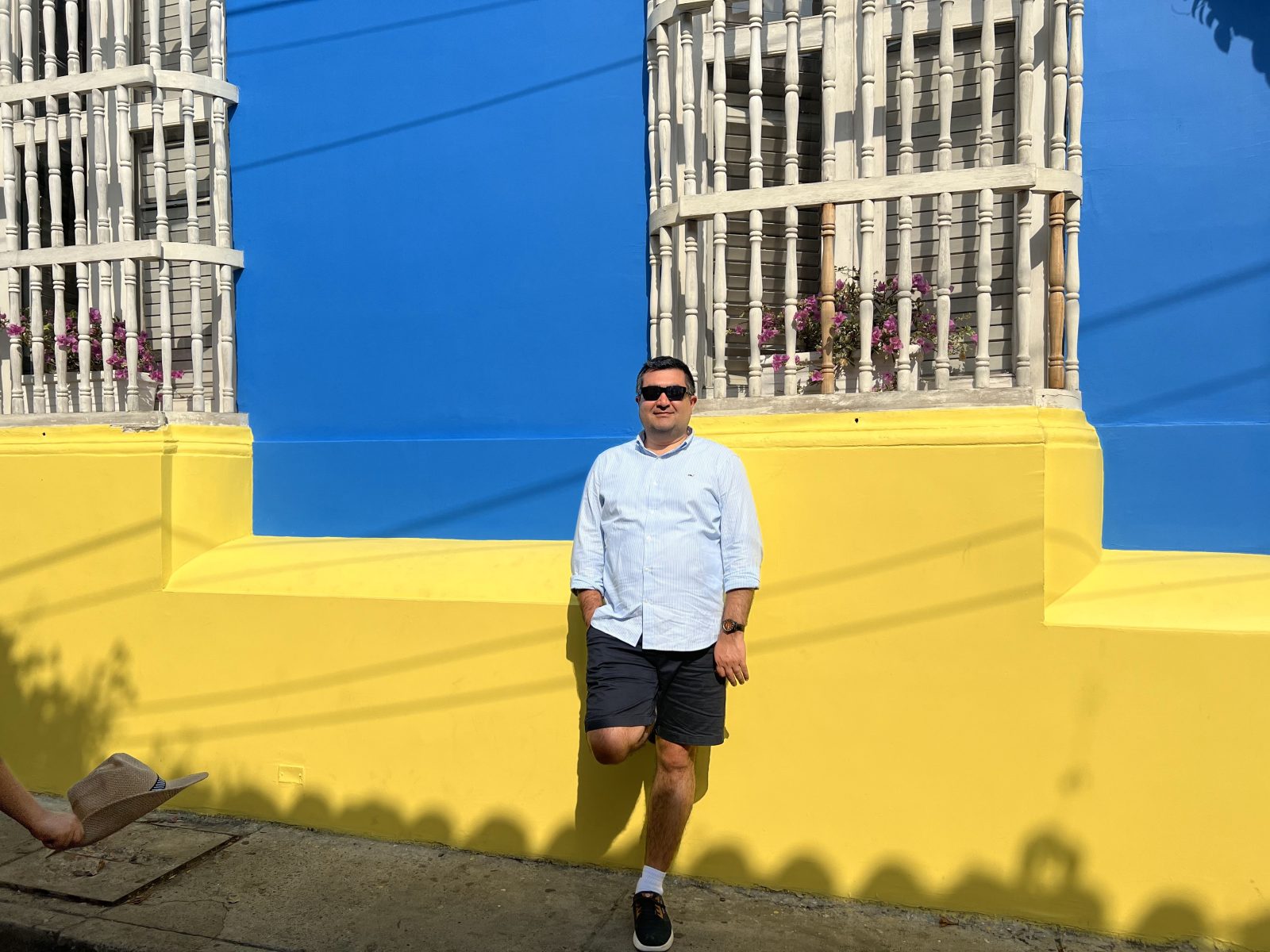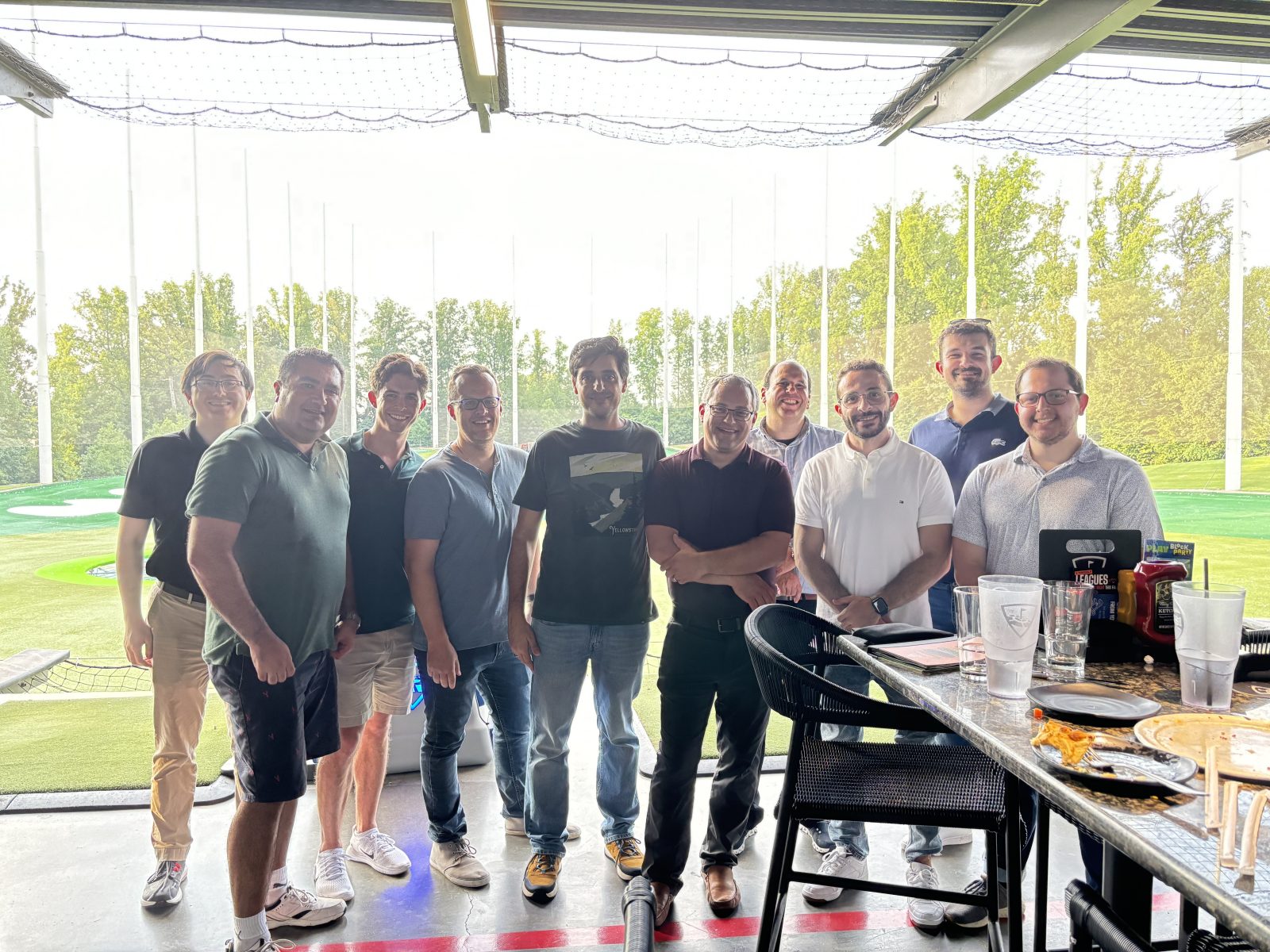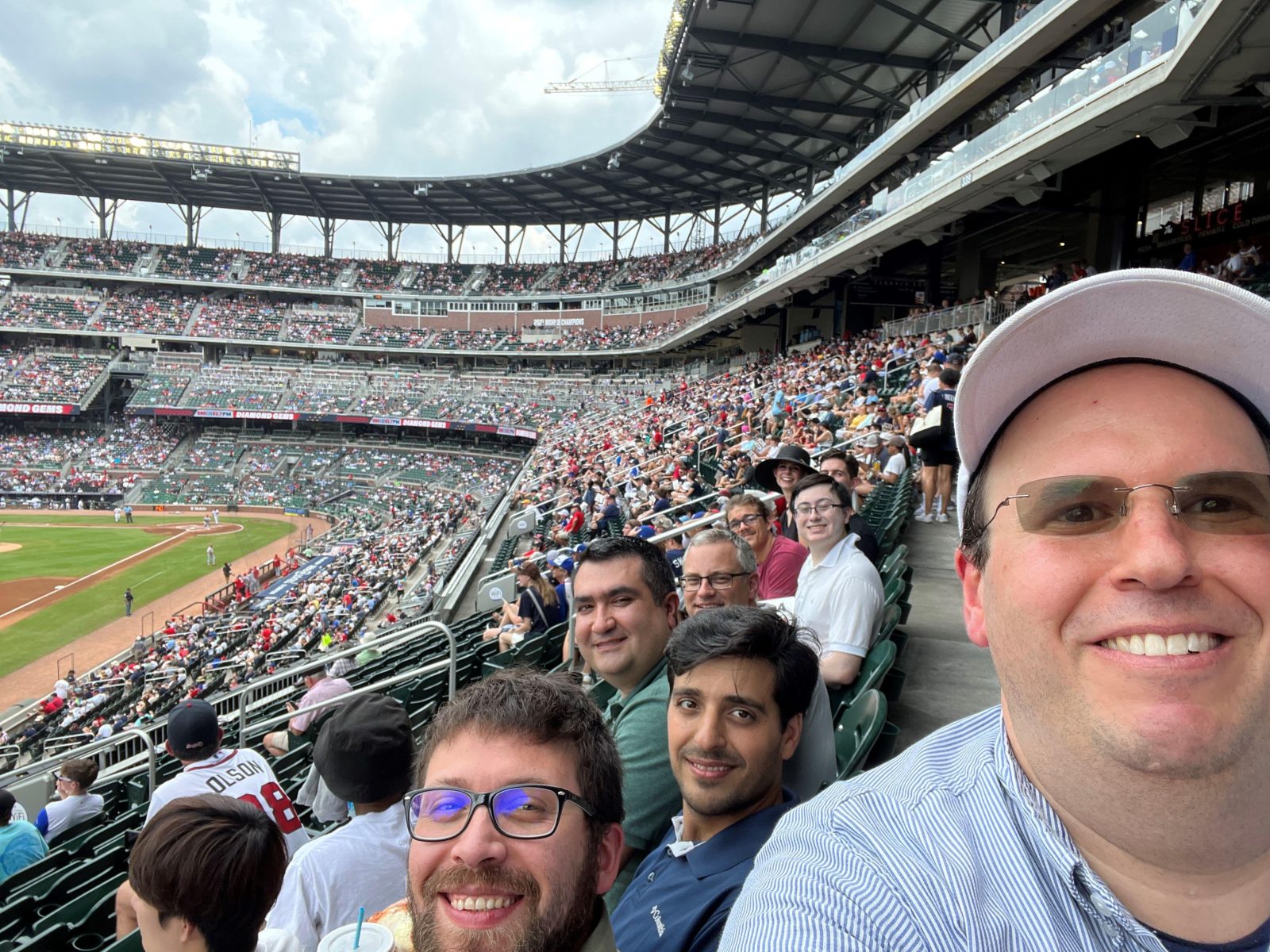Faces of SGH: Asa Bassam
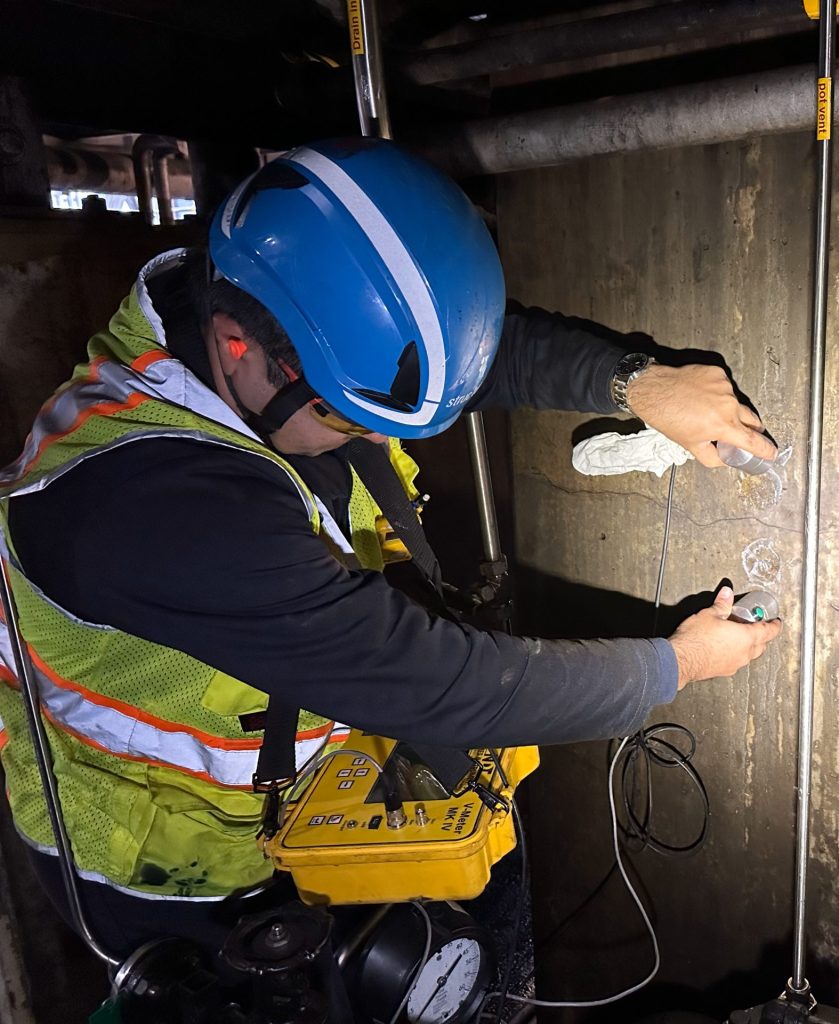
As we celebrate surpassing 750 employees over the summer of 2024, we’re meeting the team members that make up SGH. Next up: Asa Bassam.
Asa’s Key Stats:
- Joined SGH: 2020.
- Current role: Senior Project Manager, Atlanta, GA.
- Education: Georgia Institute of Technology, Atlanta, GA (Master of Business Administration – Global Business); University of Illinois at Chicago, Chicago, IL (Ph.D. in Civil Engineering); University of Tehran, Tehran, Iran (M.S. and B.S. in Civil Engineering).
- Favorite moment at SGH: The annual golf outing. It pushes me to practice and improve my game, and I look forward to it every year.
- When not working: I’m playing with my ten-year-old son. We love to go golfing, swimming, fishing, and boating on the weekends.
- Favorite way to give back: Teaching earthquake engineering at Georgia Tech. I love mentoring people.
- Latest book recommendation: “Keep Sharp: Build a Better Brain at Any Age” by Sanjay Gupta.
- Favorite comfort food: My wife’s special recipe for lasagna.
What do you do at SGH?
I specialize in earthquake engineering, focusing on seismic analysis for mission-critical facilities as part of our Engineering Mechanics and Infrastructure (EMI) group. Currently, I’m working mostly on seismic evaluations of nuclear facilities, but I also work on projects related to bridge evaluations, especially for signature bridges. I’m also taking on more and more projects related to machine foundation evaluations—a lot of these foundations are from the 1970s, so they’re old and seeing some issues. Those are fun—each foundation has different issues, but one of my specialties is evaluating the foundations and performing a root cause analysis and repair design.
What ties all those types of projects together?
A structure is a structure. There are a lot of similarities—they all have beams and columns, they have foundations, they get excited during earthquakes. So, in that sense, we can apply the principles of structural engineering and engineering mechanics to everything. And depending on the structure, we may see very different results, but the concept and the principles of evaluation are very similar.
What brought you to the engineering field?
I was always interested in mechanics. I’m from Iran originally, where you have to take a national entrance exam to get into university. Based on my ranking, I could go into any engineering field, and back in the late 1990s, civil engineering was the hot field and provided more career opportunities, so that’s what I studied. And then in 2003, the Bam Earthquake struck Iran, which unfortunately resulted in about 40,000 casualties. That had a significant impact on me. After that, I decided to study earthquake engineering in graduate school to learn more about earthquakes and how structures are designed to resist earthquakes and prevent these types of disasters. I ended up pursuing my Ph.D. in earthquake engineering at the University of Illinois at Chicago and then started my career as a bridge engineer performing seismic evaluations.
How did you come to SGH?
Earthquakes have shaped my life to some degree. I started my career around 2010, during the financial crisis when the bridge engineering industry was very slow. Then, in 2011, another earthquake impacted my life when the Tohoku Earthquake happened in Japan, causing the Fukushima nuclear disaster. I saw that as an opportunity to use my expertise in earthquake engineering and switched to the nuclear industry, joining an engineering firm in Chicago. Prior to SGH, Ben Kosbab had convinced me to move from Chicago to Atlanta in 2015 to work with him at a firm specialized in seismic evaluation of nuclear structures. Ben later opened SGH’s Atlanta office to lead our EMI division, and I decided to join him here at SGH in 2020. It all happened because of these signature earthquakes that have happened around the world.
What’s the Atlanta office like?
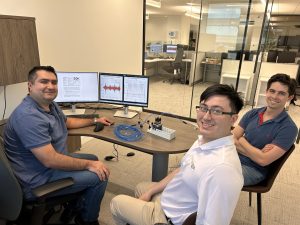
Asa with Jordan Seawright and Matthew Hamrick.
My colleagues here in Atlanta are incredibly dedicated and hardworking. They possess a strong sense of collaboration and teamwork. So, we work very well as a team and no one is afraid of working on really complex projects and taking on challenging assignments, even if we haven’t done that type of work before. We’re all willing to study and research and learn new things to deliver high-quality products.
What does the 750 milestone mean to you?
It means more opportunities to collaborate with people and learn from our diverse experiences. I have benefited from the diverse skill sets of our EMI team members—some people have backgrounds with underground structures and piping, or with different types of seismic analysis, or with impact analysis. We complement each other. And then, for team members who focus on structural engineering or building enclosure engineering, there is not much overlap between what I do and what they do, but together, we can provide a total solution to our clients. Clients appreciate the fact that we are a one-stop shop and we can pretty much do everything building-related.
Do you have advice for younger people pursuing an engineering career?
Don’t be afraid of taking on new challenges. No one expects you to know everything that you’re assigned to, and that’s the only way to learn and grow. When I was younger, I always thought I needed to know everything. I needed to be prepared for every assignment. Now, I’m not afraid of taking on new types of projects, but early on I thought if I didn’t know something, I wouldn’t be able to impress my boss. Now that I’m leading teams, when I see people seeking these types of challenges, even if they don’t have that experience, that impresses me more than anything. That person is ambitious and wants to grow in his or her career.
